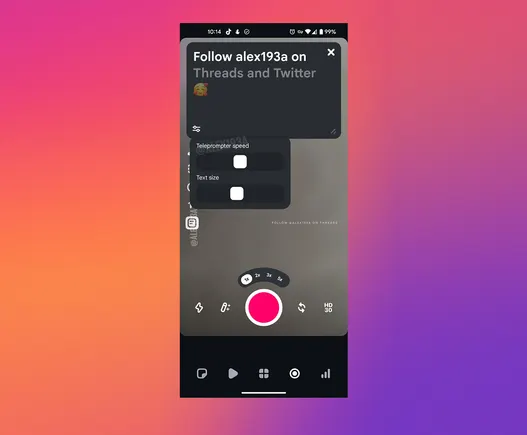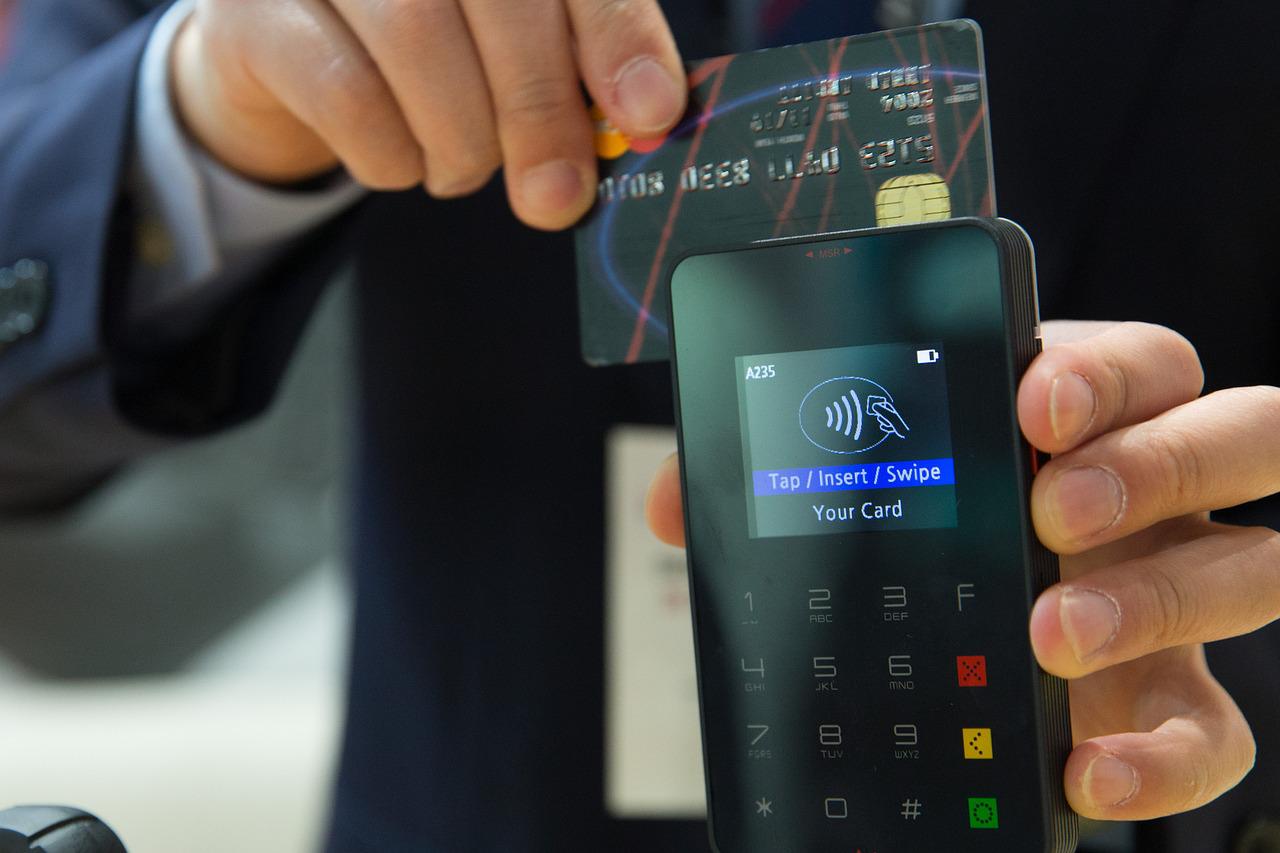Few cents for 2-hour livestream: TikTokers say monetising content not viable unless sponsored
Their videos may get millions of views, but they don't earn a single cent from it. Singaporean influencers Kai, Rurusama and Johnstan share the realities of monetising on TikTok.

Singaporean beauty vlogger and makeup enthusiast Johnstan Kazue (@kazueeee) joined TikTok in early 2019, way before the social media platform grew to what it is today.
Considered to be one of the “pioneer Singaporean influencers” on the platform, he built up his following to over 337,300 followers and has amassed over eight million views for his videos on TikTok.
While those numbers are impressive, Johnstan did not make a single cent from his best-performing TikTok video, despite raking in millions of views.
Johnstan isn’t the only content creator who did not receive any payout despite their content going viral — Singaporean Internet personalities Rurusama (@rurusama9) and Kai (@pale.nerves) also faced the same plight.
“I’m not getting paid when my videos go viral, the most being two million views,” said Kai.
Despite this, some swear that TikTok is their bread and butter. The biggest TikTok content creators such as Addison Rae and Charlie D’Amelio reportedly earn millions for their videos on the platform.
But if views don’t translate into earnings, how exactly do they earn a sustainable income through TikTok?
Creating sponsored posts on TikTok with well-known brands
 Rurusama’s branded content with Secret Lab and Sketchers / Image Credit: Rurusama
Rurusama’s branded content with Secret Lab and Sketchers / Image Credit: RurusamaBranded content — content (ie. videos) that promote brands, goods or services in exchange for something of value from a third-party such as brand endorsements, partnerships, or a special promotion for a product or service — is a way that content creators can earn from through their TikTok channel.
Content creators who produce branded content may also receive commissions from a third-party if other creators purchase the product or service from the promoted brand.
As TikTok has over one billion monthly active users, more brands want to use the platform to capture a bigger slice of the market — and what better way to do that than partnering and leveraging the existing large reach content creators have on TikTok?
To make it easier for content creators, TikTok has come up with a feature that matches these creators to brands through its Creator Marketplace to collaborate on both paid and rewards based campaigns. Currently, the Creator Marketplace is available in 24 countries including Singapore.
Otherwise, brands can approach the creator outside of [TikTok] and do a brand deal externally for a video, which is where I think most of the money is being made.
– Rurusama (@rurusama9) Johnstan’s collaboration with Japanese beauty brand osakakuma / Image Credit: Johnstan Kazue via Instagram
Johnstan’s collaboration with Japanese beauty brand osakakuma / Image Credit: Johnstan Kazue via InstagramAll three influencers — Johnstan, Kai and Rurusama — produce branded content.
Through sponsorships and advertising on TikTok itself, Johnstan revealed that he earns between S$2,000 and S$10,000 yearly from sponsorships and advertisement through the platform.
However, the stream of income from producing branded content is never constant. “I mostly create branded content, but it doesn’t come every month or at a set timing, so it truly differs from month to month,” said Rurusama.
In 2022 alone, she has only accepted three branded video collaborations — she rejects those that are not in line with her target audience.
Aside from this, the payout from branded content also heavily depends on the following or reach of the influencer. Brands either pay a flat fee to content creators for sponsored content regardless of the views and reach of the video, or take a results-driven approach to the payment structure.
“From [branded content], I think I earn a reasonable amount for my following size per video — and yes, it definitely pays more because I don’t get paid for my views on TikTok,” added Rurusama.
Earning livelihoods through livestreams
 A compilation of some of Kai’s best performing TikToks / Image Credit: Kai(pale.nerves) via TikTok
A compilation of some of Kai’s best performing TikToks / Image Credit: Kai(pale.nerves) via TikTokTikTok launched its livestreaming portal, TikTok LIVE, for creators back in 2019, allowing creators to interact with their existing viewers as well as new ones in real-time by streaming their content.
This feature also allows creators to monetise their content by receiving virtual “gifts” from their viewers during the livestream.
These virtual “gifts” can be converted into diamonds. Once they have collected enough diamonds, they can redeem it for cash and withdraw it to an external account of the creators’ choice.
While this source of revenue is viable, Kai feels that the conversion of the rewards from livestreaming is not a sizeable amount.
These “gifts” that viewers send you during live streams deviate by how rare the gifts are, some gifts are definitely worth more Coins (TikTok’s virtual currency used to purchase gifts for creators) than others but I rarely earn a sizeable amount from live streaming — so I usually just do it to pass the time.
– Kai (@pale.nerves)Kai usually makes just a few cents after being on LIVE for about two hours.
However, some brands may engage content creators on a commission basis for livestreams. These content creators are paid based on certain criteria, which include the popularity of the TikToker.
Johnston charges between S$200 and S$300 for a live stream session, and depending on the sales generated from the livestream, he may be able to make an additional S$1,000.
Besides these, TikTok also sometimes provides contracts to creators to livestream content on the platform, according to Rurusama. “They get paid a minimum sum, like a job, and this of course differs from creator to creator as every contract is different,” she explained.
The TikTok Creator Fund
 Image Credit: sproutsocial
Image Credit: sproutsocialIn other parts of the world such as the US., UK, Germany, Italy, France and Spain, TikTok has rolled out an initiative two years ago to reward content creators on their platform.
Called the Creator Fund, TikTok has allocated S$374.01 million to be paid out to content creators.
The funds rewarded to creators are worked out through a combination of factors, which include the number and authenticity of views garnered by the creators’ videos, as well as the level of engagement of the content, among others.
In addition, these funds are not capped, and there is no limit to the amount allocated to creators everyday.
But being part of the Creator Fund is not as lucrative as it seems. Luke Miani, a YouTube content creator who recently came onboard TikTok, shared on Twitter that he apparently makes pennies from the content he puts up on the platform.
The Internet personality who is recognised for his tech vlogs on repairing and maintaining Apple computers revealed that one of his viral TikTok videos — which amassed over 7.5 million views, 629,000 likes and 5,000 comments — only got him a payout of US$3.95.
 Image Credit: Luke Miani via Twitter
Image Credit: Luke Miani via TwitterOn top of this, Luke has shared that he only made US$103.99 this year since being in the Creator Fund — this means that he barely makes US$10 per month.
 Image Credit: Luke Miani via Twitter
Image Credit: Luke Miani via TwitterLuke is not the only one who has voiced out on TikTok’s low payouts. Many other content creators, such as British Internet personality SuperSaf, have shed light on their earnings as well.
SuperSaf allegedly earned GBP£112.04 over the period of nine months, after raking up 25 million views during the time period.
The importance of diversifying your sources of income
 A rave event hosted by Kai and his friends / Image Credit: our.culture.sg
A rave event hosted by Kai and his friends / Image Credit: our.culture.sgWhile TikTok does give some sort of payout to content creators via TikTok LIVE (and through its Creator Fund in other regions), the payout from the platform is barely sustainable.
Especially without the Creator Fund, Johnstan views that it would be difficult to rely on TikTok as a sole source of income in Asia. For this reason, he relies on other social media platforms such as Instagram and YouTube to generate income.
Besides TikTok giving out one of the lowest payouts amongst other social media platforms, “there is absolutely no job security when it comes to social media”, echoed Rurusama.
In fact, she has been banned on TikTok twice. The first time was when she had a following of one million, and the second was when she had a following of 2.1 million — at which point she could not reinstate her accounts.
Hence, she encourages content creators to diversify their income streams and delve into different platforms. Rurusama herself has ventured into video game live streaming service Twitch, and is a partnered streamer for the platform.
Like any other freelance jobs, you need to be able to gauge if your lifestyle can be sustained with the number of jobs you get. Most creators would definitely have more than one income stream.
– Rurusama (@rurusama9)Meanwhile, Kai also has diversified revenue streams — he earns from design commissions as he handles branding and social media management for other companies. In addition to this, he also gets his revenue from monthly rave events that he hosts alongside his friends.
“I delved into them as I genuinely like designing and rebranding, so why not earn a quick buck doing it? My rave business, on the other hand, was an impromptu business venture, but it’s going smoothly at the moment.”
TikTok is a good place for content creators to start out
That being said, despite the low revenue from the streaming platform, TikTok can be the key for content creators to start out. From solidifying your online presence to new job opportunities, the social media platform has the potential to open up doors that would otherwise be shut for content creators.
Kai testifies this statement. Despite always having a presence on other social media platforms such as Instagram, TikTok has opened up a lot of opportunities for him, with PR agencies and brands starting to notice his social media presence and approaching him for paid content and collaborations.
“I think Tiktok is a good place to start out as the algorithm really allows you to “blow up” once you’ve found your specific niche or audience,” he said.
Featured Image Credit: Johnstan Kazue/ rurusama9/ Kai

 Aliver
Aliver 
































